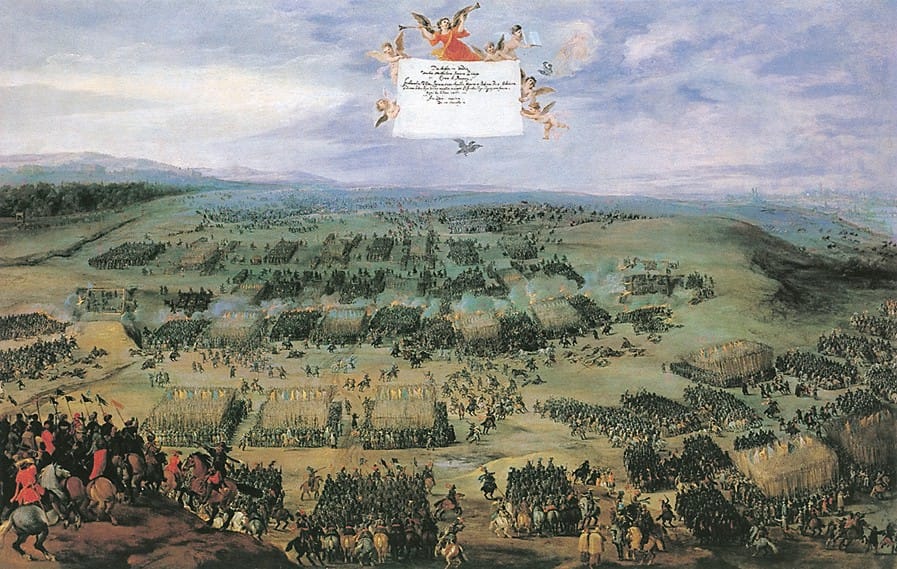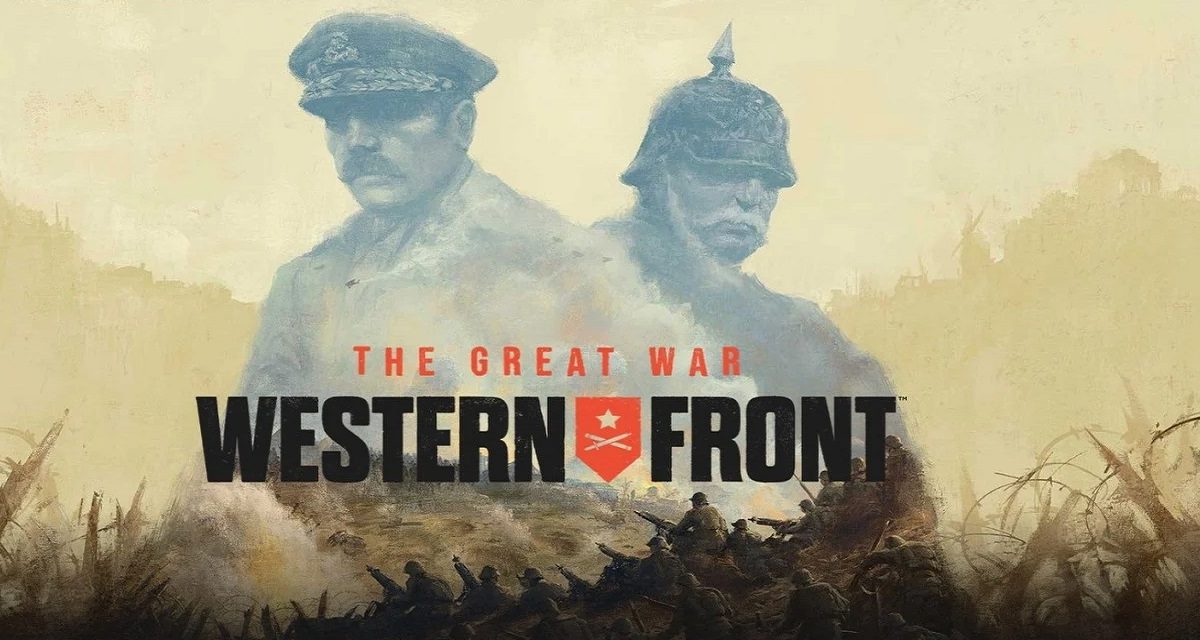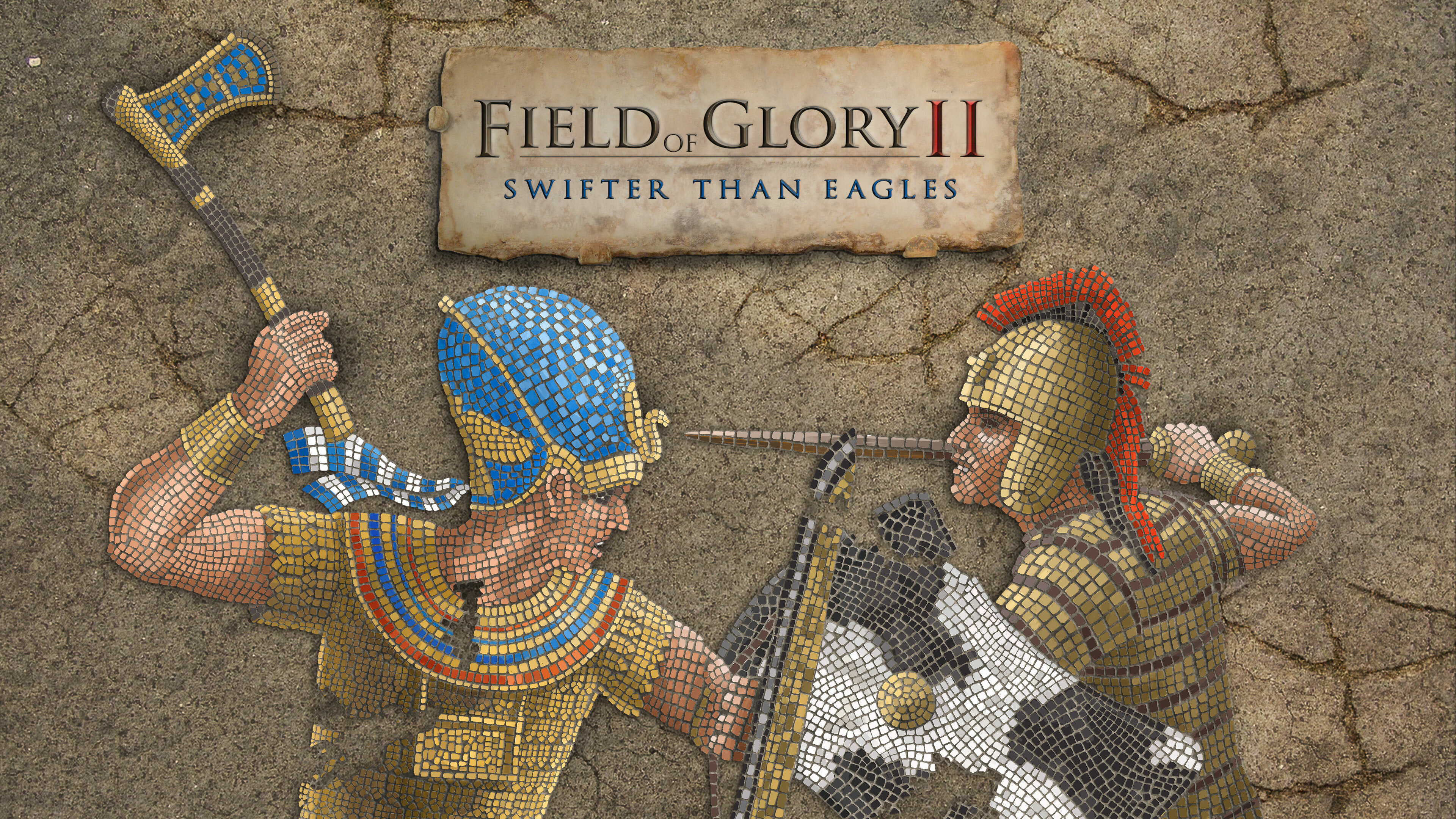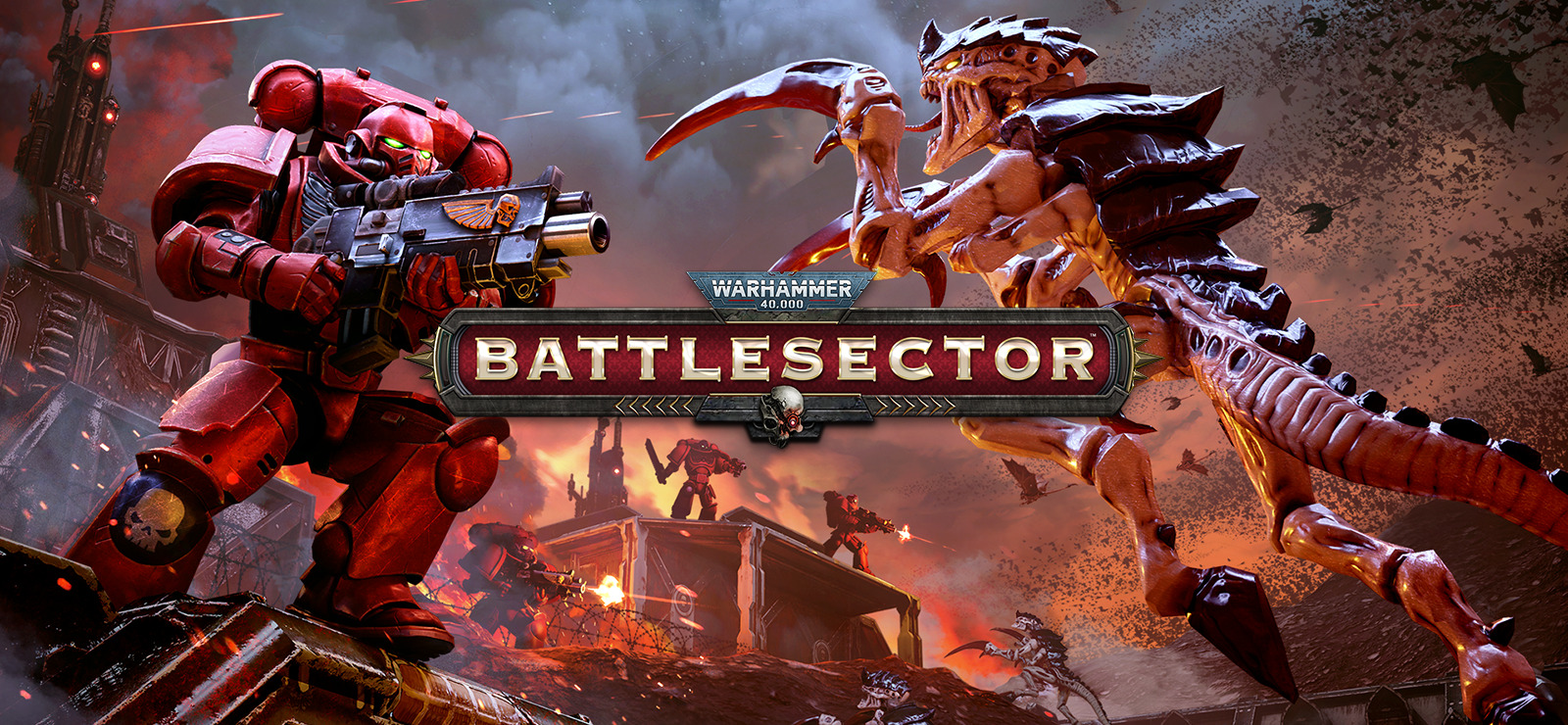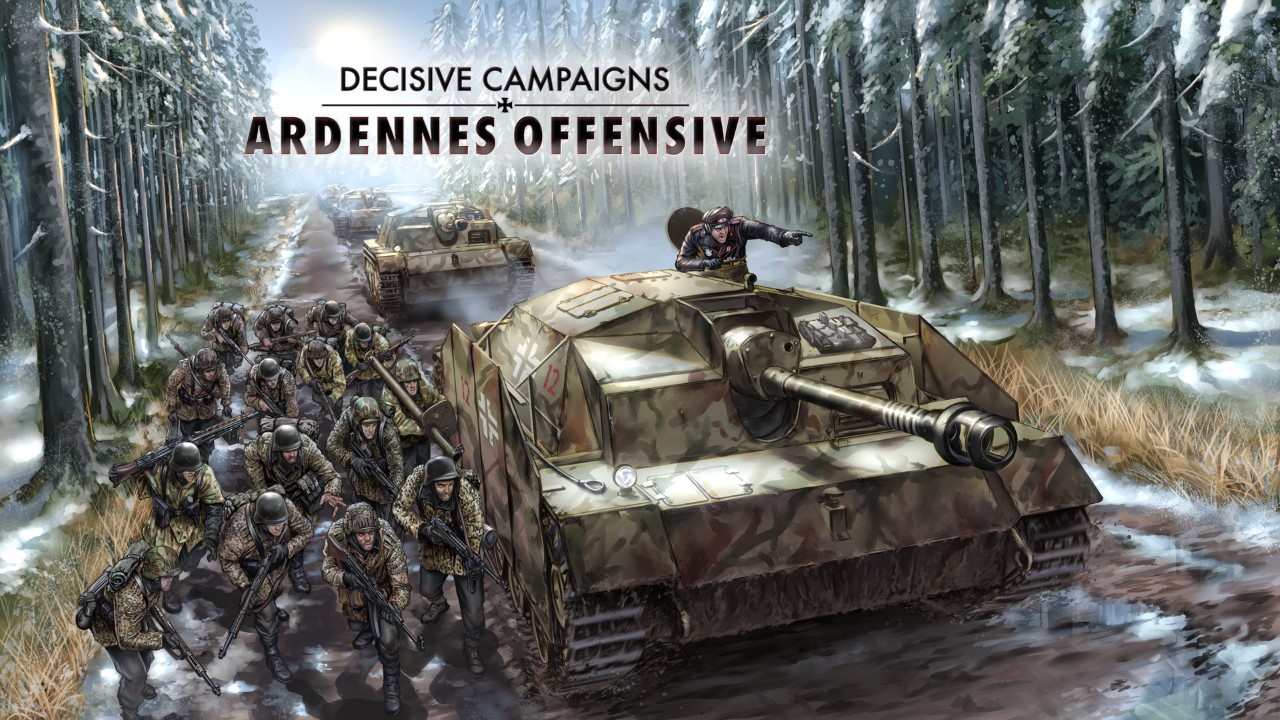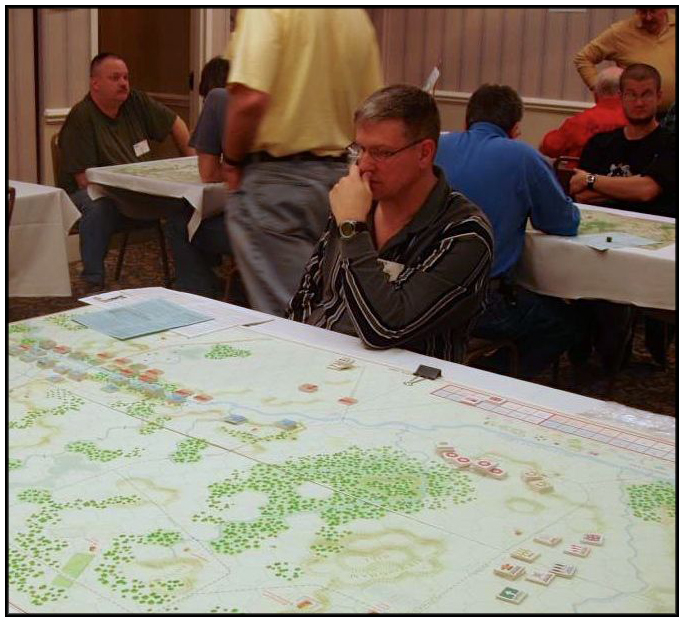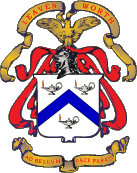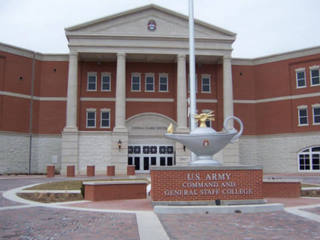Tag Archives: Professional
A Report From Connections 2014
Guest columnist Brian Train gives us a peek inside the annual premier gathering of professional wargaming practitioners.
Once there was an Air Force Captain named Matt Caffrey who realized that commercial wargame designers had a lot to teach and learn from military and government analysts, planners and other subject matter experts. So in 1993 he organized the first CONNECTIONS conference, for the purpose of bringing these two worlds together to talk, for a few days at least. Now retired, Lieutenant Colonel Caffrey has worked to make this conference happen each and every year since then. The 21st annual CONNECTIONS conference on professional wargaming was held at Marine Corps Base Quantico, Virginia, August 4-7, 2014, and I attended.
Monday, August 4, was a half-day featuring presentations and discussions by individual speakers. Matt Caffrey spoke on the history of wargaming using information from his upcoming book, the engaging Dr. Peter Perla, author of The Art of Wargaming spoke on analytical wargaming, and Dr. Joe Saur and Chris Weuve spoke on the basics and pitfalls of wargame design.
Interview with COL(R) Eric Walters, USMC
This month, we have a fantastic interview with retired USMC Colonel Eric Walters. Well-known in professional wargaming circles as a supporter for great integration of wargames into training, COL(R) Walters graciously gave us a few minutes of his week to answer some questions and tell some war stories.
Interview by Brant Guillory, 9 November 2013
Can you give us a little bit of your military background in the Marines? And don’t be afraid to get technical – our audience is pretty savvy on organizational details!
I first joined as a tank officer and served as both a tank platoon and an amphibious tractor platoon commander, subsequently serving as a company commander in a maintenance battalion. I switched my Military Occupational Specialty to serve as a Marine Air Group Task Force Intelligence Officer and I did that job the last 25 years of my career. In that job I was lucky enough to serve in a wide variety of positions at that tactical , joint task force, subunified and unified command, and national levels. Most recently I served as the Director of Intelligence for the largest humanitarian assistance/disaster relief operation in the world—the aftermath of the 26 Dec 2004 Indian Ocean tsunami—and as the senior intelligence officer for 3rd Marine Aircraft Wing during the invasion of Iraq in 2003. One of my bosses at 3d MAW, Charlie Bolden, is presently serving as the Director of NASA, while my wartime commander, Jim “Tamer” Amos, is now Commandant of the Marine Corps. I guess they somehow succeeded in spite of me!
I did two “wargaming” tours in the military. One was as the intelligence officer for the II MEF Wargaming Center, basically designing Command Post eXercises (CPX) using computer wargames, manual wargames, and Tactical Exercises Without Troops (TEWTs) where only command posts went to the field to practice combat decisionmaking. The second was as the intelligence planner for the world’s largest CPX in Korea, ULCHI-FOCUS LENS; my job was writing the exercise scenario, designing the simulation-intelligence system interfaces, and executing intelligence control during the conduct of the exercise.
How did you pick up wargaming as hobby and how did you start to integrate wargaming into your assignments within the Marines?
In 1973 or so I was a young teenage model ship builder and went to a hobby store to purchase yet another 1:700 waterline series plastic kit of a WWII Japanese aircraft carrier when I spied a copy of Avalon Hill’s MIDWAY game. I bought that instead of the model kit and subsequently became obsessed with wargaming, never building another plastic model ship again. I used wargaming as a junior officer to teach Marines tactics and was lucky that the institution had its own manual games it employed in training. In the late 1980s we used a military miniatures game played on molded plastic terrain boards, TACWAR, to teach tactics from company to battalion level. We had a board game system called STEEL THRUST to exercise regimental and division staffs, played on paper maps. It took a lot of training and practice to use these wargame-based training devices well. Far more popular was the computer-assisted CPX supported by the Tactical Warfare Simulation Evaluation and Analysis System (TWSEAS) since it didn’t take a lot of customer unit familiarization training and overhead to use.
Interview with Dr James Sterrett, US Army Command and General Staff College
Dr Sterrett is the Deputy Director of the US Army Command and General Staff College’s Digital Leader Development Center’s Simulations & Exercises Division. Yes, that’s a loooooooong title. The short version is: he uses wargames for training, and gets paid for it. He’s also an avid hobby wargamer, and has spent about 7 years struggling to come to grips with the differences between “games” and “simulations” (pretty much since I introduced him to “Brant’s Theory of the Differences Between Games and Simulations”). In spite of this, he agreed to have a chat with us about his role at Ft Leavenworth.
Interview by Brant Guillory, 5 October 2013
Can you please give us an overview of the Digital Leader Development Center’s Simulations & Exercises Division, and what role they fill at the Command and General Staff College (CGSC)?
The Digital Leader Development Center (DLDC) supports CGSC’s exercises. DLDC has three major functions: providing and supporting Army and Joint mission command systems; providing and supporting simulations and exercise planning; and providing an exercise network for the simulations and the command systems.
Thus, Simulations & Exercises Division’s foremost job is exactly what it says on the label: put on the exercises the instructors want: selecting the best simulation for the job, ensuring it is ready to deploy into classrooms, preparing support materials, building scenarios, training student and faculty operators, and providing technical support. In addition, we teach the electives on training with simulations, exercise design, and exercise management; and we conduct R&D to find new simulations to meet the faculty’s needs. Sometimes we build them; we’ve got a very simple board game in testing at the moment, intended to help with classes in planning.
What sort of wargaming backgrounds do your team bring to the table, and how does that help them with their day-to-day jobs?
We’re all gamers. The Euler diagram of the overlap of our gaming hobby interests is pretty complex, and there are very few places where all of us overlap – but there are two keys ones. First, each of us brings some passion for the use of simulations in training and education. Second, all of us enjoy putting on games for other people: things such as building scenarios, designing and testing systems, or creating support materials – exactly the kinds of work we need done.
What’s a “week in the life” of preparing for a big wargaming event (say, a warfighter exercise) look like on the DLDC team? What about a “day in the life” of the actual exercise?
We don’t run anything as big as a warfighter; our biggest exercises are the division exercises. One of these is run for every section of 64 students, and they are run in two big batches: typically 5 or 6 in September, and 16-18 in February. The students use their own classrooms for the exercise. We teach 1 or 2 students from each section to be the technical lead for their section’s exercise. Those students then teach their fellow students how to operate the simulation – in this case, Decisive Action – and are the leads of the Tech Cell during the exercise, while we in Simulations are the on-call tech support.
One of the two Tech Cell students is usually an FA57 officer; Functional Area 57 is Simulation Operations, and one of their primary jobs in the Army is running exercises. Being the Tech Lead is a good experience for them and an opportunity to demonstrate to their peers what it is FA57s do. We usually call the non-FA57s “Temporary FA57s” for the exercise and thus refer to the whole group as FA57s, even though some of them are actually in other branches.
Mayviation Interview With Matthew Caffrey, AFRL
Brant Guillory, 31 May 2013
COL(R) Matt Caffrey works at the Air Force Research Labs wargaming office at Wright-Patterson Air Force Base in Dayton, Ohio. He is also the organizer behind the Connections conference that brings together military wargaming practitioners, academics, and industry professionals to advance the art, science, and application of wargaming.
 Some opening comments from Mr Caffrey:
Some opening comments from Mr Caffrey:
Before I answer your specific questions I need to make two disclaimers:
First, the views expressed in these responses are those of the author (myself) and do not reflect the official policy or position of the United States Air Force, Department of Defense, or the U.S. Government.
Second, I am not so pretentious to believe I know of all US defense Wargaming. Growing up in New York City I heard the expression, “only the dead know Brookline.” That is, that borough was (and is) so big and so diverse that no living individual could know all of it. No one living individual can know all of defense wargaming. The Joint Staff and each Service use wargaming for a host of applications. Though I a student of wargaming and have worked in defense wargaming as a primary or additional duty since 1983 I would be surprised if some wargame somewhere is an exception to my below generalizations. I do not know what I do not know.

